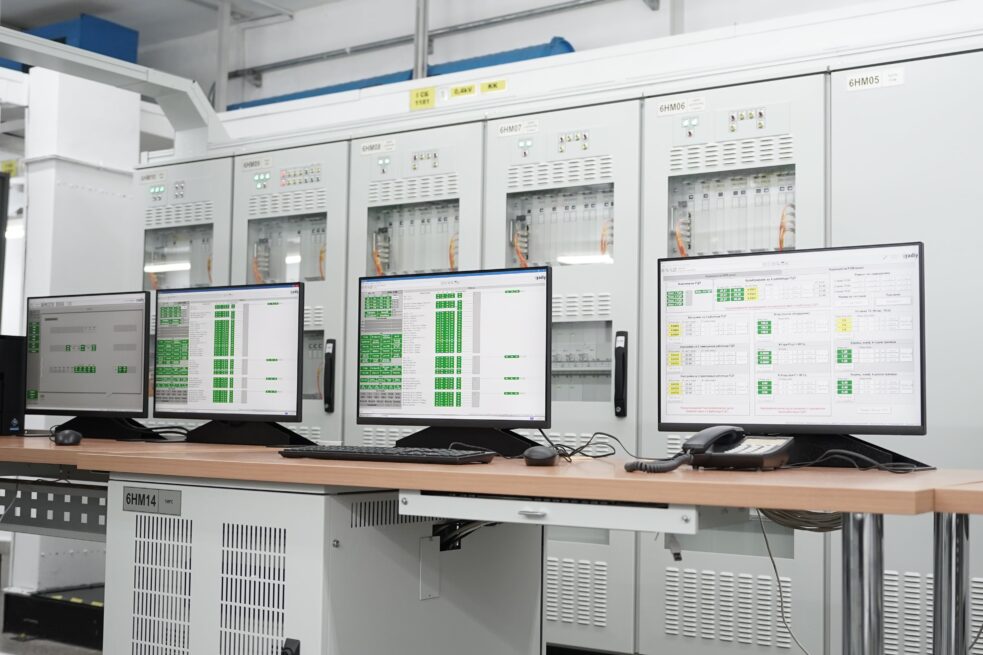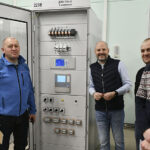
2025 Kicks Off with FAT of Equipment for Rivne NPP
24.01.2025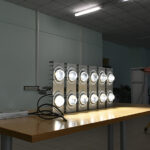
Quality is confirmed: Industrial LED luminaires have successfully passed the tests for compliance with the requirements of the Technical Specifications (TU) and the Standard Organization of Ukraine of the National Nuclear Energy Generating Company 100:2022 (SOU NAEK 100:2022)
18.02.2025Energy is the foundation of the economy and any field of activity in general. However, accidents in this sector can have catastrophic consequences for the environment, economy, and human health. That is why energy safety is one of the priorities for the whole world. Thanks to new technologies, the risks of accidents are becoming significantly lower.
Challenges in energy system safety
Modern energy is undergoing a transformation under the influence of innovation, global challenges, and climate change. Let’s consider current trends that are changing the approach to safety in this sector and determining the development of the energy sector in the world and in Ukraine.
Digital monitoring and forecasting systems
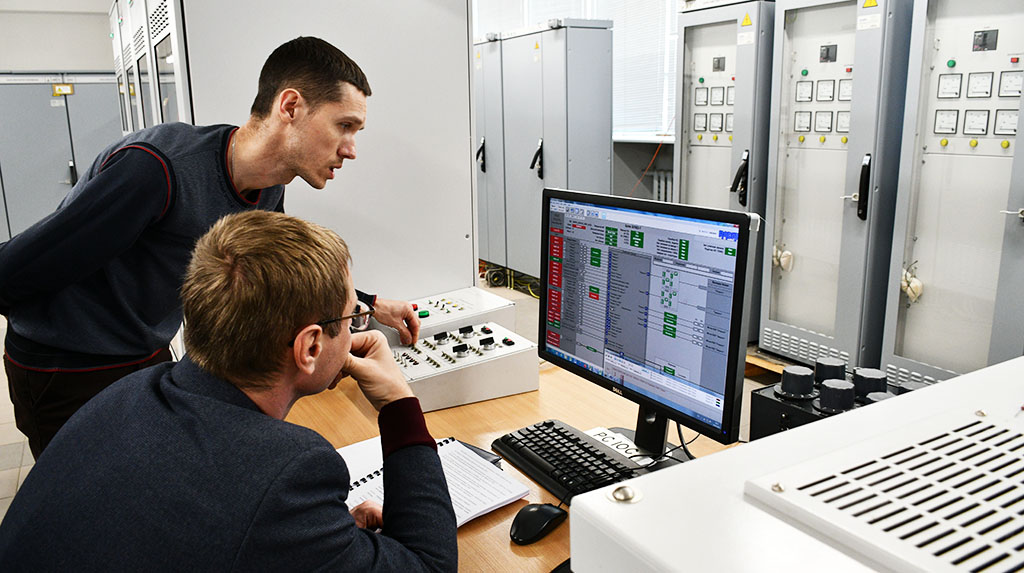
Modern energy companies are actively using Internet of Things (IoT) and artificial intelligence (AI) technologies to monitor equipment. Special sensors collect data on the condition of technological equipment, generators, transformers and power lines of enterprises in real time to:
- detect faults and malfunctions at the early stages of their development;
- analyze risks using predictive algorithms;
- carry out maintenance work that prevents accidents and reduces their likelihood.
For example, intelligent monitoring systems can detect and predict the results of network overloads or unplanned equipment damage, preventing its failure.
Power system automation
The widespread use of automated control systems allows for a rapid response to any changes in the power grid and energy infrastructure facilities. In the event of an accident, automation can:
- minimize the impact of damaged equipment or isolate the damaged section of the network;
- redirect energy flows to avoid disconnection of consumers;
- quickly restore electricity supply to consumers.
This reduces the impact of the human factor on the development of the accident and increases energy efficiency.
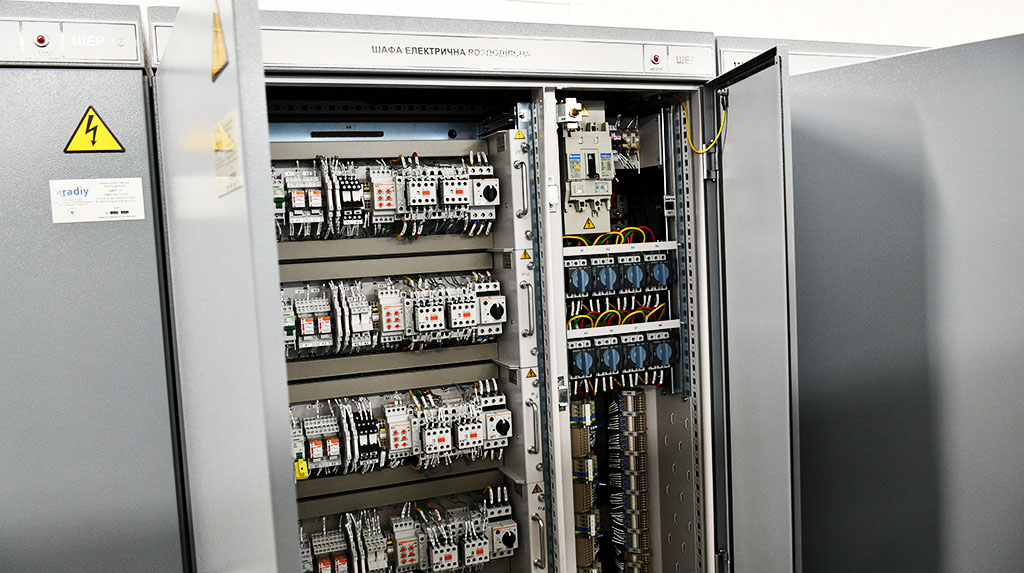
Using drones to inspect facilities
Drones have become valuable assistants for inspecting high-voltage power lines, alternative energy sources (wind and solar power stations), etc. They allow:
- quickly assess the condition of equipment even in hard-to-reach places;
- conduct regular inspections without the need to turn off the equipment;
- reduce risks for workers who would have to work in hazardous conditions.
Cybersecurity of power systems
In the digital age, the risks of cyberattacks on power grid control systems are increasing. Cybersecurity requirements have already been fixed at the legislative level. To prevent cyberattacks, the following are being implemented:
- multi-level protection systems for internal digital networks and data;
- encryption of data transmitted over common digital networks;
- use of modern cybersecurity technologies;
- regular testing for resistance to cyberattacks.
This is especially important for distributed power systems and “smart” networks (smart grids).
Innovations in materials and structures
Modern materials that are resistant to extreme temperatures and mechanical loads reduce the risk of equipment damage. For example:
- high-voltage cables with improved insulation reduce the risk of short circuits;
- new alloys ensure the durability of power plant components.
Training staff using VR and AR
Virtual reality (VR) and augmented reality (AR) capabilities are also being used as training technologies in the energy sector, allowing for the creation of realistic accident scenarios for training staff. This helps:
- respond to emergencies faster, which helps to improve staff skills;
- train workers in a safe environment, simulating real threats.
Innovations that reduce the risk of accidents
The latest technologies are fundamentally changing the approach to safety in the energy sector. Through digitalization, automation, and the use of innovative materials, energy companies can significantly reduce the risk of accidents, protecting not only infrastructure, but also the environment and people.
Investments in safety are the key to a sustainable future for the energy sector.
Cybersecurity in the energy sector
Cyberattacks on energy facilities are unfortunately becoming quite common. This is a direct threat that calls into question the country’s energy independence. Ukraine has repeatedly become a victim of large-scale cyberattacks aimed at disabling its energy infrastructure.
The reasons for the insufficient level of cyber protection are the use of outdated equipment, software and PCs, unprotected corporate networks, as well as the lack of an IT security monitoring system. The integration of new digital systems into old networks complicates their safe operation.
Projects for nuclear power plants: modernization of the 5th and 6th power units of the Kozloduy NPP
For Ukraine, projects for the installation of equipment for thermal power plants and nuclear power plants are key for integration into the European and global space.
The reconstruction of two units of the Kozloduy NPP (Bulgaria) has been ongoing for several years – since 2023. At the end of 2024, power unit No. 6 was launched, the control and protection system of which was modernized using software and hardware complexes (PTC) developed by radiy. New equipment was installed to replace outdated russian-made equipment. The systems produced by radiy perform the following functions:
– emergency and preventive protection of the reactor;
– automatic regulation of reactor power;
– unloading and limitation of the thermal power of the power unit in emergencies associated with unplanned shutdown of technological equipment.
This marked the completion of the first stage of the Ukrainian-Bulgarian project.
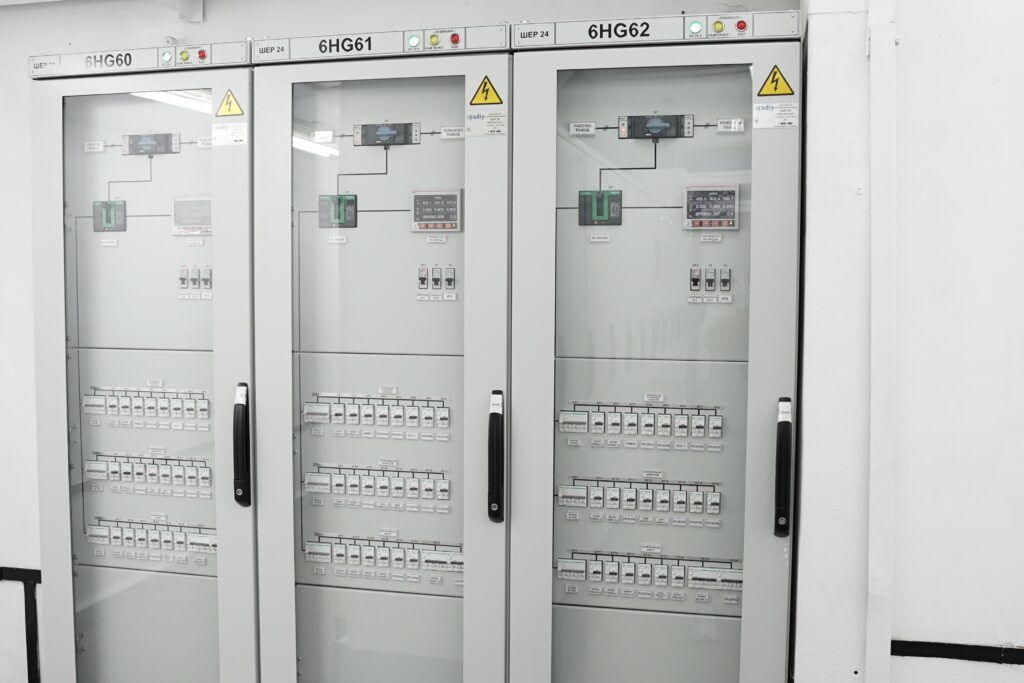
What has changed after the installation of the radiy-manufactured I&C at the Kozloduy NPP?
Increasing the safety of power unit operation
The reconstruction of the Bulgarian nuclear power plant was aimed at increasing the level of safety of power unit operation. Therefore, modernization contributed to:
- Improving the algorithms of the power regulator by more accurately adapting it to the reactor kinetics equations.
- Increasing the accuracy of calculations of the thermal power of the reactor plant (RP) and its limitation levels at various shutdowns of the main technological equipment.
- Improving the operation of the reloading machine and polar crane control system based on seismic sensor signals, which has become adapted to sensor repair procedures.
- Reducing the risk of false protection activation due to the majority principle of “2oo3” data processing at all levels, including output shapers.
- Reducing the likelihood of hardware malfunctions due to the widespread implementation of galvanic separation of signals inside cabinets and chassis during transmission, processing, and formation of output commands.
Increased operational reliability
- Reduction of the total number of modules/blocks of the system due to the use of FPGA technology.
- Reduction of the total number of serviced cables due to the transition to optical communication channels.
- Increased cyber resilience due to the fact that the system’s digital networks are built in such a way as to exclude any interference with the operation of class 2(A) equipment.
- A developed self-diagnostics network covers over 95% of possible malfunctions.
- Archiving on its own duplicated servers technological and diagnostic information with a discreteness of 5 ms for the analysis of possible emergency situations.
Improvement of the work of maintenance and operating personnel
- Use of the principle of “hot swapping” of modules and units which allows the replacement of blocks/modules without removing voltage.
- Use of a special mechanical module coding system, eliminating their erroneous installation in non-standard locations.
- Possibility of quick adjustment of protection settings using a special engineering station, the communication channels of which are protected from any cyberattack.
- Ability to provide any type of diagnostic and technological information related to received, processed and internal signals.
- Reduction of time for troubleshooting due to a developed diagnostic system.
- The self-diagnostic system displays the state of each module (healthy) and can accurately indicate (up to indication) the node in the block that has failed.
- Development and implementation of an automated algorithm operation verification system, which significantly reduces the time for performing such checks, formalizes their execution. and prints out verification protocols.
- Prompt provision of technological information on the parameters of the reactor to the operator of the control room on the operational display.
- Possibility of modeling the flow of technological processes related to the regulation and limitation of power on the built-in reactor model.
Invaluable experience of radiy
Experience in participation in international projects is an important element of the development of any company in the modern market. It opens access to new technologies, knowledge, and finances, increasing the competitiveness and authority of radiy and Ukraine on the global stage.

